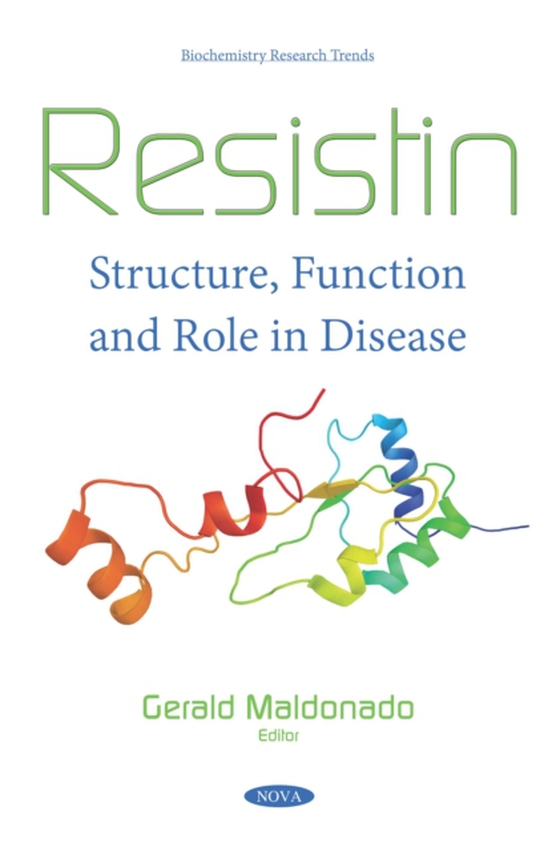
Resistin: Structure, Function and Role in Disease e-bog
1550,91 DKK
(ekskl. moms 1240,73 DKK)
Over the past decade, adipose tissue has received much attention for its immunological properties. Additionally, it has become increasingly apparent that adipose-secreted factors such as leptin, tumor necrosis factor-a, IL-6, adiponectin and more recently, resistin are implicated in some inflammatory and metabolic diseases. As such, Resistin: Structure, Function and Role in Disease opens by dis...
E-bog
1550,91 DKK
Forlag
Nova
Udgivet
7 november 2018
Længde
192 sider
Genrer
PSBC
Sprog
English
Format
pdf
Beskyttelse
LCP
ISBN
9781536145441
Over the past decade, adipose tissue has received much attention for its immunological properties. Additionally, it has become increasingly apparent that adipose-secreted factors such as leptin, tumor necrosis factor-a, IL-6, adiponectin and more recently, resistin are implicated in some inflammatory and metabolic diseases. As such, Resistin: Structure, Function and Role in Disease opens by discussing resistin's therapeutic properties. Because evidence appears to suggest that resistin is a proinflammatory cytokine, resistin may impact metabolic disease. Following this, the authors present experimental and clinical evidence indicating that resistin may have functions related to inflammation and oxidative stress. The circulating resistin level may be also useful as a marker of the effects of exercise. Resistin may also encourage vasculopathy through the promotion of macrophage scavenger receptors and CD36 atheroma macrophages expression, the formation of foam cells, as well as proliferation and migration of vascular smooth muscle cells. This causes endothelial dysfunction, resulting in limited nitric oxide and increased superoxide production. When present in the diseased vessel wall, resistin may orchestrate pro-atherosclerotic events, contributing to atherosclerosis progression towards plaque rupture. Thus, resistin may augment monocyte and macrophage infiltration, interfere in cell cross-talk and modulate the expression of various inflammatory cytokines leading to the acceleration of plaque growth. Based on the known sequential events of obesity preceding severe acute pancreatitis, the authors investigate resistin as a new potential predictive marker of fat necrosis and pancreatitis severity.
 Dansk
Dansk

